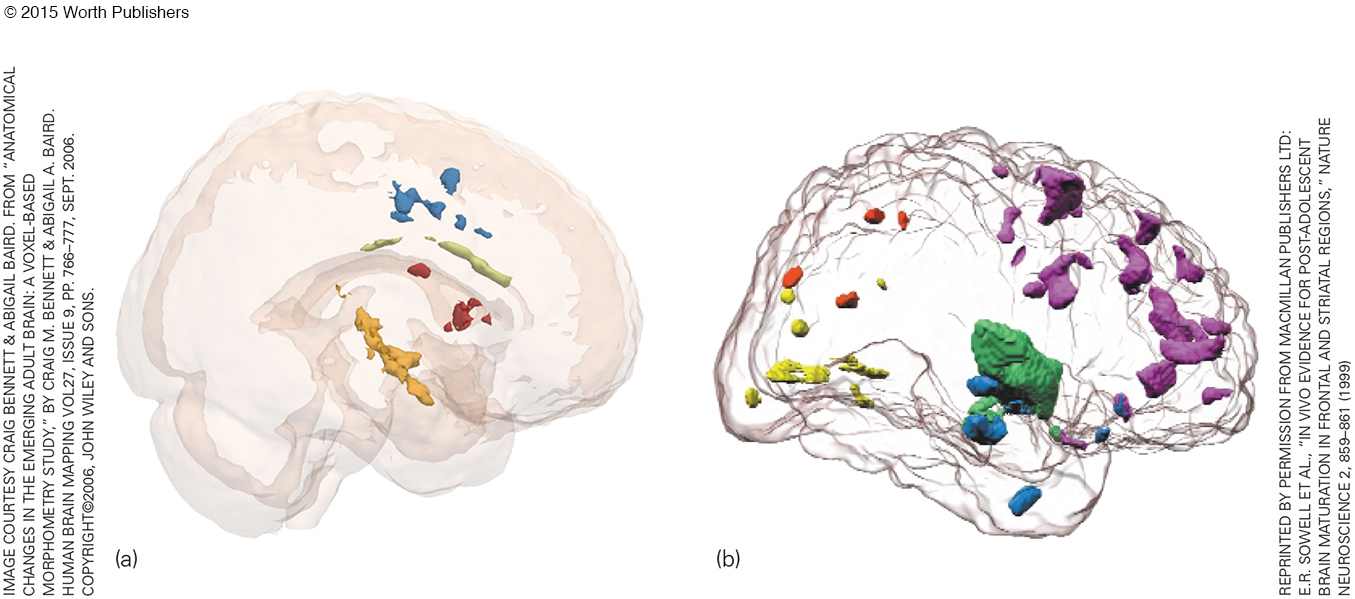
Thinking Away from Home (a) Entering a residential college means experiencing new foods, new friends, and new neurons. A longitudinal study of 18- r- n— e-